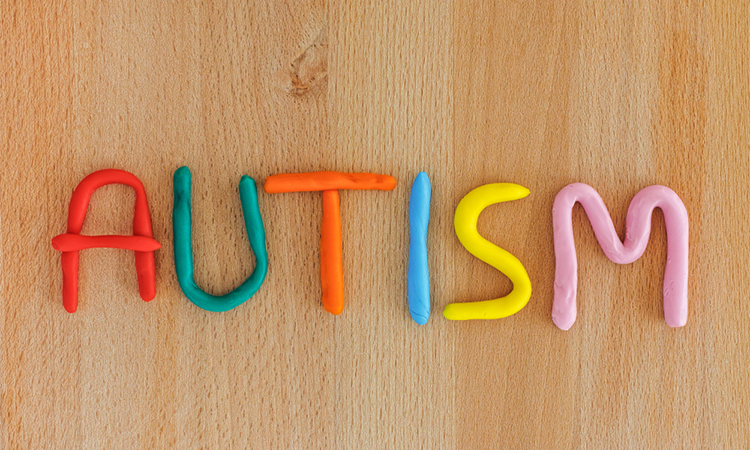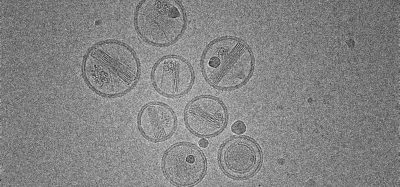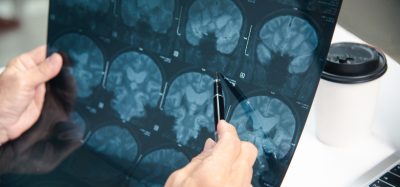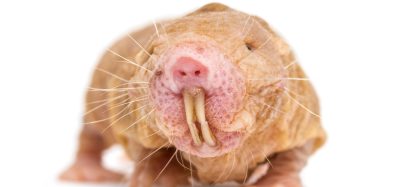Repurposed epilepsy drugs show potential for new autism therapies
Posted: 22 August 2025 | Drug Target Review | No comments yet
Researchers identified hyperactivity in a specific brain region as a driver of autism-like behaviours in mice – and reversed these symptoms using drugs first designed to treat epilepsy.


Stanford Medicine scientists investigating the brain mechanisms of autism have found that hyperactivity in a specific brain region could drive behaviours commonly associated with the disorder.
Using a mouse model of the disease, the researchers identified the reticular thalamic nucleus – which serves as a gatekeeper of sensory information between the thalamus and cortex – as a potential target for treatments. The findings were published in Science Advances.
Symptoms reversed with experimental drugs
The team was able to reverse autism-like symptoms by giving the mice drugs that suppressed this area of the brain. These included symptoms like susceptibility to seizures, heightened sensitivity to stimulus and increased motor activity.
Automation now plays a central role in discovery. From self-driving laboratories to real-time bioprocessing
This report explores how data-driven systems improve reproducibility, speed decisions and make scale achievable across research and development.
Inside the report:
- Advance discovery through miniaturised, high-throughput and animal-free systems
- Integrate AI, robotics and analytics to speed decision-making
- Streamline cell therapy and bioprocess QC for scale and compliance
- And more!
This report unlocks perspectives that show how automation is changing the scale and quality of discovery. The result is faster insight, stronger data and better science – access your free copy today
The same drugs are being studied for the treatment of epilepsy highlighting where the processes underlying autism and epilepsy may overlap in the brain and why they often occur in the same patients.
Reticular thalamic nucleus linked to autism behaviours
The neural circuitry connecting the thalamus and cortex has been implicated in autism in both humans and animal models – but the role of the reticular thalamic nucleus was not clear.
In the new study, the researchers recorded the activity of this brain region in mice while observing the animals’ behaviour. In mice that had been genetically modified to model autism –Cntnap2 knockout mice – the reticular thalamic nucleus showed elevated activity when the animals encountered stimuli like light or a puff of air. The brain region also showed bursts of spontaneous activity, causing seizures.
Epilepsy is much more prevalent in people with autism than in the general population – 30 percent versus 1 percent – though the mechanisms are not well understood. Recognising this connection, the researchers tested an experimental seizure drug, Z944, and found that it reversed behavioural deficits in the autism mouse model.
Neuromodulation confirms causal link
With a different experimental treatment that genetically modifies neurons to respond to designer drugs – known as DREADD-based neuromodulation – the researchers could suppress overactivity in the reticular thalamic nucleus and reverse behavioural abnormalities in the autism mouse model. They could even induce these behavioural deficits in normal mice by ramping up activity in the reticular thalamic nucleus.
Related topics
Animal Models, Central Nervous System (CNS), Disease Research, Drug Repurposing, Drug Targets, Neurosciences, Translational Science
Related organisations
Stanford Medicine








